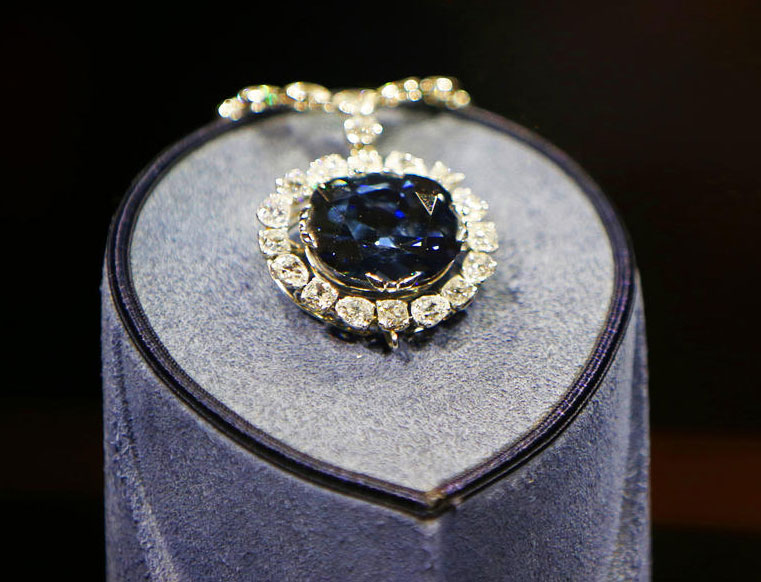20 Things You Didn't Know About … Diamonds
Posted on Categories Discover Magazine

11. As for the Hope Diamond’s “curse”? Sorry, it was a made-up marketing ploy. On the topic of making things up, the first recorded attempt at synthesizing diamonds was back in 1880, when Scottish chemist J.B. Hannay heated sealed wrought-iron tubes that had been filled with a mix of oils and lithium.
12. Alas, the tubes were prone to exploding. Think of it as the first diamond boom! that was also a bust.
13. In 1955, however, labs at General Electric built on earlier research to create diamonds from graphite, another carbon allotrope, that had been subjected to extremes of pressure (nearly 1 million pounds per square inch) and temperature (3,100 degrees Fahrenheit).
14. In subsequent decades, GE and other labs around the world developed additional techniques for creating synthetic diamonds, most of which have industrial applications such as drilling or grinding, for which the material is extremely well-suited.
15. Speaking of suits, playing cards were likely invented in China more than a millennia ago, but diamonds weren’t one of the four suits in a deck until relatively late in the game.
16. The cards appear to have spread along trade routes, first to Egypt and then to Europe by the 14th century. European merchants initially kept the suits created by the Egyptians — swords, wands, cups and coins.
17. By the late 1400s, French enthusiasts had developed the suits that we know today: clubs, spades, hearts and diamonds, the latter representing the merchant class and wealth acquisition.
18. In Renaissance folklore, however, the diamond was considered an amulet that warded off demons and madness.
19. What Renaissance folks called madness, we now understand as pathology. A 2017 British Journal of Psychiatry study urged health care practitioners to assess mental illness not just with formal measures but also through simple observation.
20. The study’s authors were inspired by an unlikely source: a documentary about Syd Barrett, founding member of iconic band Pink Floyd. Barrett left after a mental breakdown, poignantly chronicled in the group’s tribute song to him, “Shine On, You Crazy Diamond.”